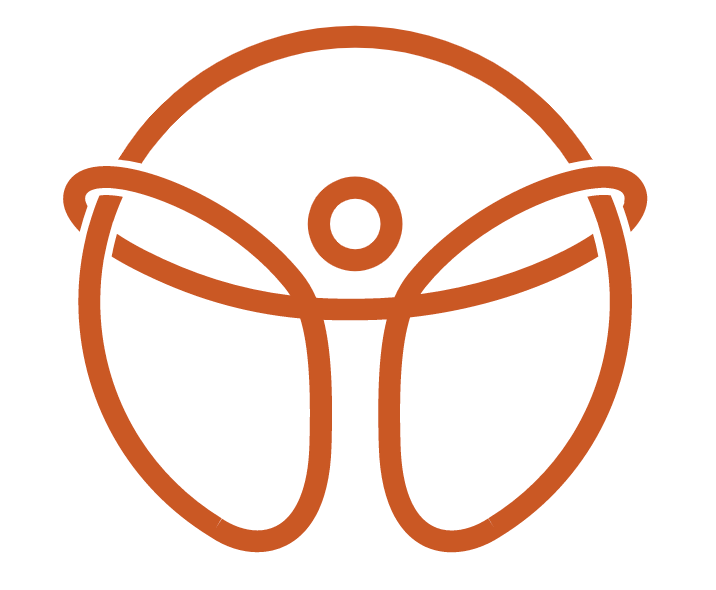Common Nerve Entrapments That Mimic Scapular, Neck, Shoulder, and Elbow Pain
Pain in the neck, shoulder, or elbow isn’t always caused by the joints or muscles themselves. In many cases, it’s actually a nerve issue—specifically, a nerve entrapment, where a nerve becomes compressed or irritated along its path. These entrapments can refer pain to areas like the scapula or elbow, leading to misdiagnosis and ineffective treatment if not properly identified.
Common Nerve Entrapments in the Upper Body
At MVMT STL, we often see patients with the following nerve entrapments:
1. Suprascapular Nerve Entrapment
Entrapped at the suprascapular or spinoglenoid notch, this condition can mimic rotator cuff injuries. Patients may feel a dull ache around the upper back near the scapula and experience weakness with overhead or external rotation movements.
2. Long Thoracic Nerve Entrapment
This nerve controls the serratus anterior, and when compressed, it may cause medial scapular pain or scapular winging. It’s often tied to postural issues or repetitive overhead movements.
3. Radial Tunnel Syndrome
Often mistaken for tennis elbow, radial tunnel syndrome causes pain about 1–2 inches distal to the lateral elbow. It’s not a tendon issue, but rather irritation of the radial nerve as it passes through the forearm.
4. Pronator Syndrome (Median Nerve Entrapment)
This occurs when the median nerve is compressed in the forearm, commonly between the heads of the pronator teres. Symptoms include forearm pain, hand fatigue, and vague shoulder discomfort.
5. Ulnar Nerve Entrapment (Cubital Tunnel Syndrome)
This condition presents as numbness or tingling in the ring and pinky fingers, medial elbow pain, and potential weakness in grip. Altered mechanics can even refer tension into the neck or upper back.
How Chiropractors Identify Nerve Entrapments
Unlike isolated muscle or joint issues, nerve entrapments require a broader look at posture, movement patterns, and soft tissue health. At MVMT STL, we combine:
Postural and orthopedic assessment
Neurodynamic testing (nerve tension tests)
Palpation of nerve paths and muscular imbalances
We often find that what looks like a rotator cuff issue or tennis elbow is actually a nerve struggling to glide through tight or scarred tissue.
Chiropractic Treatment Options
Once the entrapment is identified, our team uses several hands-on and targeted techniques:
Dry Needling
Used to release muscle tension and restore space for nerve movement. Especially useful around the scapula and forearm.
Active Release Technique (ART)
A soft tissue method that breaks up adhesions and frees nerves trapped within tight muscles and fascia.
Joint Manipulation/Adjustments
Improving spinal and shoulder mechanics can take pressure off compressed nerves, particularly in the cervical and thoracic spine.
Instrument Assisted Soft Tissue Mobilization (IASTM/Scraping)
This method improves tissue glide and nerve mobility by reducing adhesions along nerve paths.
Get to the Root of Your Pain
If you’ve been dealing with persistent neck, shoulder, or elbow pain—and traditional treatments haven’t worked—it might be time to consider a nerve-based approach. Chiropractic care offers conservative, effective solutions to restore normal movement and relieve nerve irritation.
Book your consultation today at MVMT STL to find out if a nerve entrapment is the missing link in your recovery.

